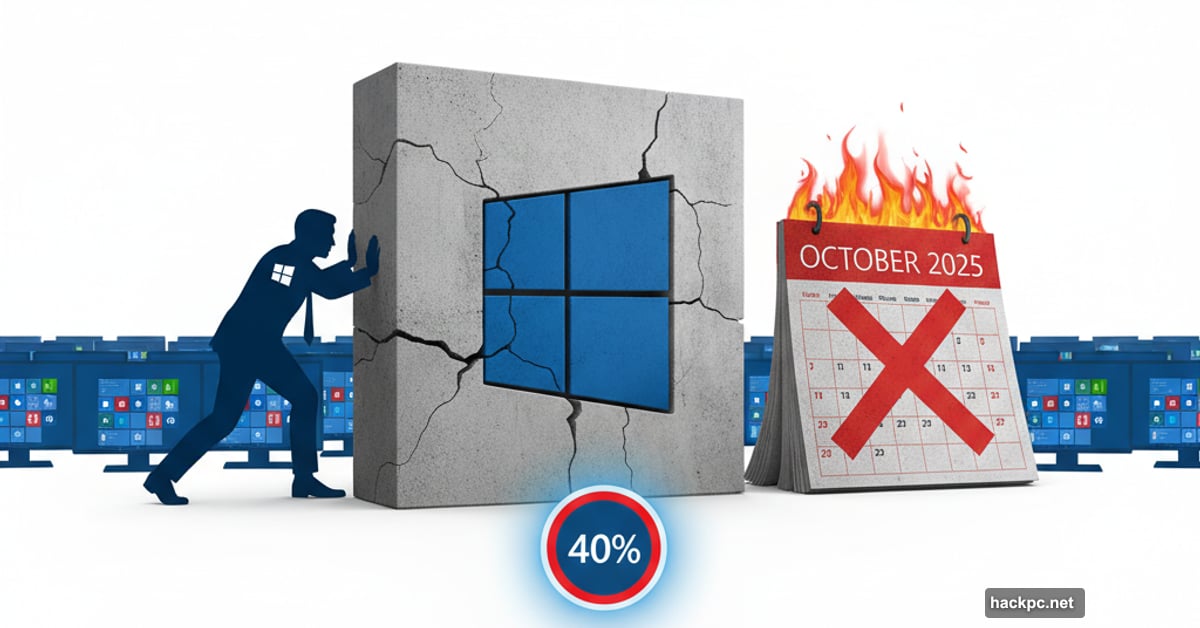
Microsoft flipped the switch few day ago. Windows 10 support officially ended after a decade of dominating PCs worldwide.
Except millions of users aren’t going anywhere. Nearly 40% of all Windows machines still run Windows 10 right now. Plus, Microsoft knows it can’t simply abandon that many people without serious backlash.
So what actually happens next? The answer reveals why this “end of support” deadline feels more like a suggestion than a hard cutoff.
The Numbers Tell a Stubborn Story
Windows 10 remains incredibly popular despite Microsoft’s push toward Windows 11. StatCounter data shows 40% of Windows users refuse to upgrade. Meanwhile, Valve reports 30% of PC gamers stick with the older OS.
That’s a massive installed base. For context, when Windows 7 support ended in January 2020, only 33% of Steam users clung to that version. Windows 10’s numbers dwarf that resistance.
But here’s the twist. Many users aren’t being stubborn. They literally can’t upgrade even if they wanted to.
Microsoft’s Hardware Wall Blocks Upgrades
Windows 11 demands newer hardware than most people own. The OS requires Intel 8th Gen Coffee Lake processors or AMD Zen 2 chips at minimum. Plus, every machine needs a Trusted Platform Module (TPM) for security.
Those requirements sound reasonable. However, they exclude millions of perfectly functional PCs sold during Windows 10’s 2015 launch. These machines work fine for daily tasks but fail Microsoft’s arbitrary hardware checks.
Microsoft refuses to lower these requirements despite widespread complaints. Only rare exceptions exist for specific scenarios. So users face an expensive choice: buy new hardware or keep using Windows 10 indefinitely.
Most people choose option two. Why spend $500-1500 on a new PC when your current one works perfectly?
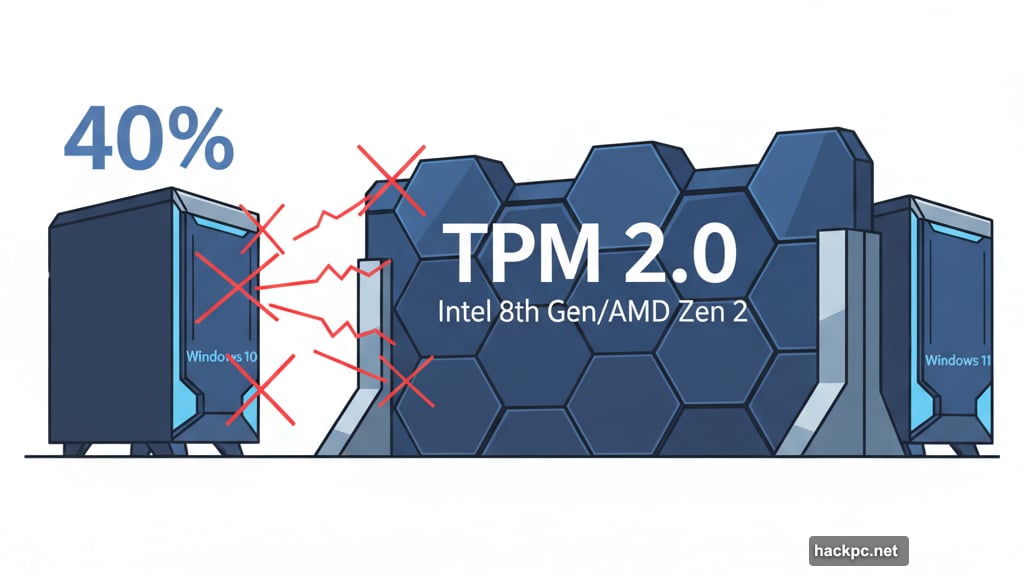
Microsoft Blinked First on Security Updates
Here’s where things get interesting. Microsoft announced consumers can enable extended security updates for Windows 10 at no cost for one additional year.
Previously, only businesses could purchase extended support. This sudden consumer offering reveals Microsoft’s real concern about leaving 40% of Windows users without security patches.
There’s a catch though. Most users will need to buy extra OneDrive storage for Windows Backup to qualify for these free updates. That requirement vanishes only for European users. Still, paying for cloud storage beats buying an entirely new computer.
Business customers can purchase up to three years of security updates. That means Windows 10 could receive official patches until October 2028. Don’t be shocked if Microsoft extends the consumer program next year when millions still refuse to upgrade.
Windows 12 Looms on the Horizon
Smart users see another reason to wait. Microsoft’s next major Windows release could arrive during that three-year business support window.
Why upgrade to Windows 11 now when Windows 12 might launch in 2026 or 2027? Especially since the next version will probably demand even more powerful hardware, like dedicated NPU chips for AI features.
Windows follows a predictable pattern. Users skipped Windows 8, Vista, and ME. But Windows 10, Windows 7, and Windows XP became hugely popular. Each “good” version corrected the mistakes of its predecessor.
Windows 11 hasn’t felt essential enough to justify new hardware purchases. Plus, it comes with controversial baggage that pushes people away.
Windows 11’s Self-Inflicted Wounds
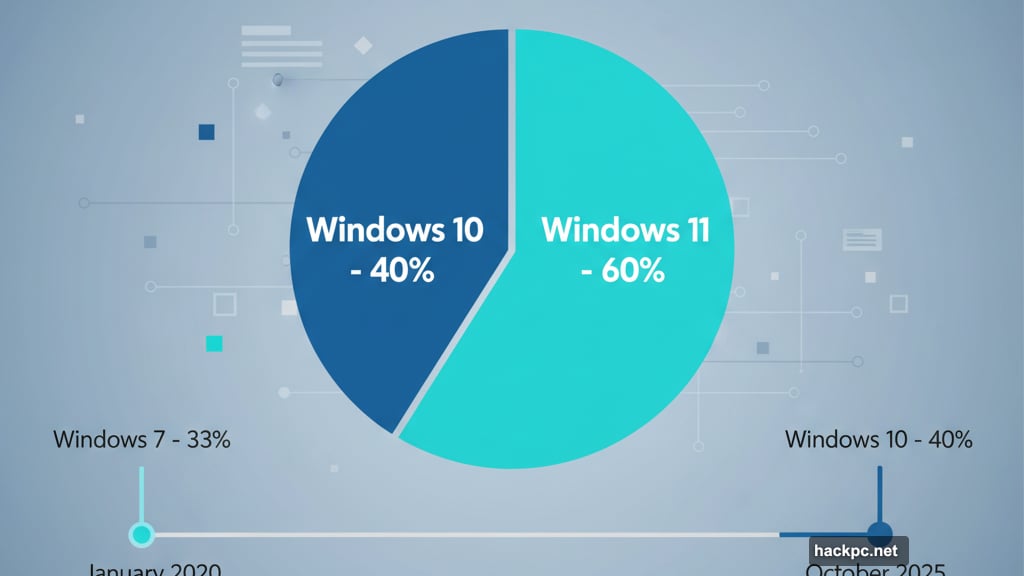
Microsoft keeps making questionable decisions with Windows 11. The company aggressively forces Edge browser usage and Bing search integration. Users hate feeling bullied into specific software choices.
Then there’s the relentless upselling. Microsoft plasters Windows 11 with ads promoting OneDrive, Office subscriptions, and Xbox Game Pass. The operating system feels more like a billboard than a productivity tool.
Account requirements frustrate users too. Microsoft cracks down hard on people trying to skip mandatory Microsoft account creation during setup. Some users prefer local accounts for privacy or simplicity reasons.
AI integration adds another layer of uncertainty. Microsoft pushed Copilot Plus PCs heavily in 2024. Features like Recall screenshot almost everything you do on compatible machines. That raises obvious privacy concerns.
Recall launched late in the year after multiple delays to address security issues. But the feature still feels invasive rather than helpful for most users. Not everyone wants their computer constantly monitoring their activity.
AI Features Miss the Mark
Microsoft bets heavily on AI transforming Windows 11. Some additions make sense. Others feel pointless or concerning.
Improving Windows search with AI sounds genuinely useful. Finding files in seconds rather than minutes would help everyone. But generating AI images in Paint? That serves almost nobody’s actual needs.
Features like Copilot Vision and Recall raise red flags. Most people don’t want to enable daily monitoring of their computer activities. The privacy tradeoffs outweigh any productivity benefits.
Microsoft’s Copilot button appears everywhere in Windows 11 now. That constant presence annoys more than helps. It reminds many of Cortana’s failed push to make people talk to their computers.
Users want Windows to nail the basics first. Fast performance, stable operation, and intuitive controls matter more than experimental AI toys.
What Made Windows 10 Work
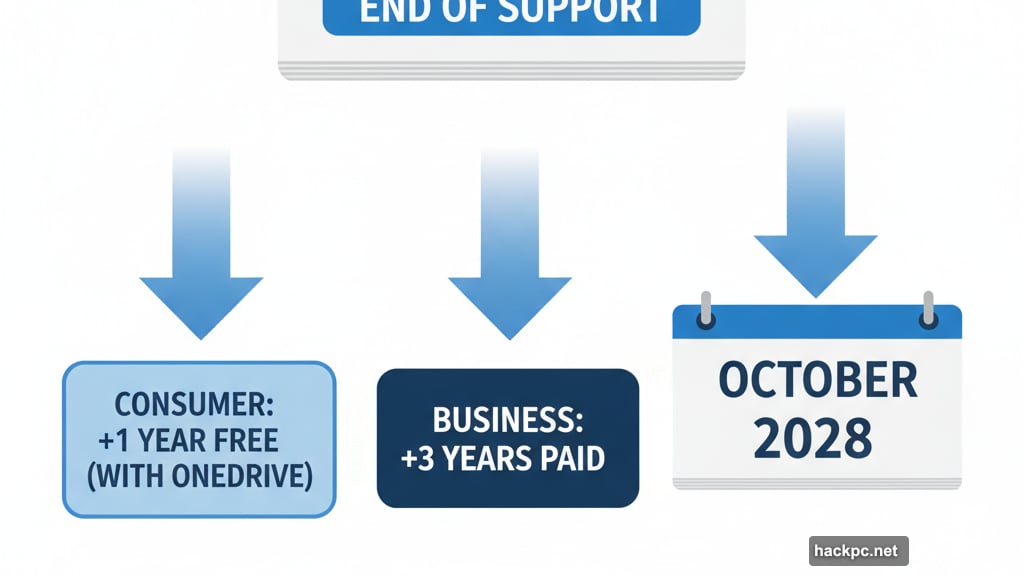
Windows 10 succeeded because Microsoft listened to user feedback after Windows 8’s disaster. The company got fundamentals right and avoided forcing controversial changes.
The Start menu returned in a sensible form. Performance improved across the board. Compatibility stayed strong with older software and hardware. Plus, Microsoft provided consistent updates without breaking existing functionality.
That formula created loyalty. A decade later, users still trust Windows 10 to work reliably without surprises. Windows 11 hasn’t earned that same confidence yet.
Hardware requirements, aggressive account pushing, constant upselling, and unproven AI features all erode trust. Users rationally choose to stick with what works rather than gamble on an upgrade that might cause problems.
The Path Forward Remains Unclear
Microsoft faces a real dilemma. The company wants to move everyone toward Windows 11 and future AI-powered features. But 40% of users refuse to cooperate.
Extending security updates for consumers shows Microsoft recognizes this problem. However, one extra year won’t magically convince millions to buy new hardware.
Eventually Windows 10 machines will age out naturally. People replace computers every 5-7 years on average. So Microsoft could simply wait and let time solve the upgrade resistance.
But that means Windows 11 adoption will crawl for years. It also means millions of PCs might go unpatched if Microsoft truly ends all support in 2026. That creates massive security risks across the internet.
Microsoft needs to decide what matters more: pushing hardware requirements that serve chip makers and PC vendors, or serving users who bought perfectly good computers during Windows 10’s decade-long run.
Windows 12 or whatever comes next should learn from Windows 10’s success. Listen to users first. Get fundamentals right. Make upgrades compelling rather than mandatory. Prove new features actually help before forcing them on everyone.
Windows 10’s stubborn popularity one decade later sends a clear message. Users will embrace Windows versions that respect their needs and hardware investments. They’ll resist versions that feel like downgrades or forced expenditures.
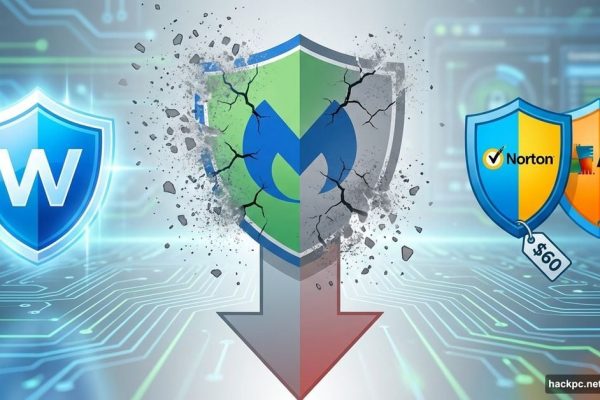


Comments (0)